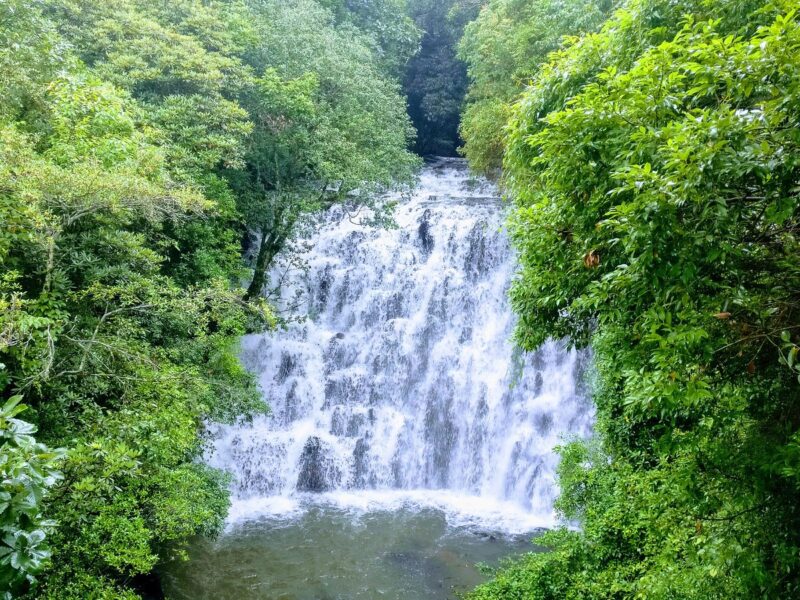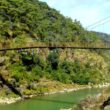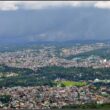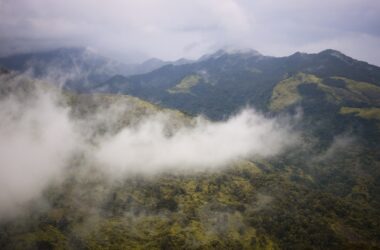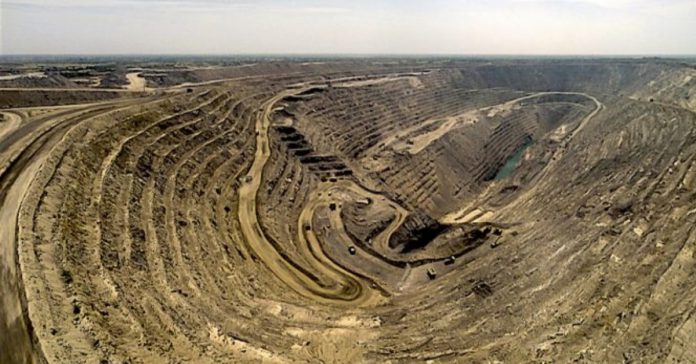Elephant Falls, located in the beautiful state of Meghalaya in northeastern India, is a mesmerizing cascade that attracts tourists from around the world. This breathtaking waterfall is surrounded by lush greenery and showcases the raw power and beauty of nature. In this article, we will delve into the captivating history, awe-inspiring features, and practical travel tips for visiting Elephant Falls.
Table of Contents
- Introduction: Discovering Elephant Falls
- The Geographical Significance of Elephant Falls
- A Glimpse into the History
- The Three-tiered Splendor of Elephant Falls
- Flora and Fauna: A Vibrant Ecosystem
- Experiencing Elephant Falls: Best Times to Visit
- Getting There: How to Reach Elephant Falls
- Exploring Surrounding Attractions
- Safety Tips for Visitors
- Conservation Efforts and Environmental Impact
- Capturing the Beauty: Photography Tips
- Local Legends and Folklore
- Discovering the Cuisine of Meghalaya
- Accommodation Options: Where to Stay
- Conclusion
1. Introduction: Discovering Elephant Falls
Elephant Falls, also known as Ka Kshaid Lai Pateng Khohsiew in the local Khasi language, is a prominent waterfall situated on the outskirts of Shillong, the capital city of Meghalaya. Its name originates from a large rock formation near the falls, which resembled an elephant. The cascade consists of three main sections, each offering a unique and picturesque view.
2. The Geographical Significance of Elephant Falls
Meghalaya, known as the “abode of clouds,” is blessed with abundant rainfall throughout the year. This constant downpour contributes to the formation of numerous waterfalls, including Elephant Falls. The region’s undulating terrain, rich biodiversity, and limestone formations create a perfect environment for the formation of these cascades.
3. A Glimpse into the History
The history of Elephant Falls is intertwined with the colonial period. During the British Raj, the falls were named “Elephant Falls” by the British due to the presence of a large rock resembling an elephant at the bottom of the falls. However, over time, the rock eroded, and today only remnants of it can be seen.
4. The Three-tiered Splendor of Elephant Falls
Elephant Falls is a multi-tiered waterfall, comprising three distinct sections. The first section is the tallest, cascading down with immense force, creating a stunning spectacle. The second section, also known as the “Bishop’s Falls,” offers a serene and tranquil atmosphere. The third section, named the “Sweet Falls,” completes the trio, providing a magnificent view of the entire waterfall.
5. Flora and Fauna: A Vibrant Ecosystem
The surroundings of Elephant Falls are adorned with a rich diversity of flora and fauna. The dense vegetation consists of ferns, mosses, orchids, and various other plant species. Additionally, the waterfall attracts a variety of bird species, making it a paradise for birdwatching enthusiasts.
6. Experiencing Elephant Falls: Best Times to Visit
To witness Elephant Falls at its finest, it is recommended to visit during the monsoon season, between June and September, when the waterfall is at its full glory. The cascading waters, amidst the mist and greenery, create a captivating sight that leaves visitors in awe.
7. Getting There: How to Reach Elephant Falls
Elephant Falls is located approximately 12 kilometers from Shillong, making it easily accessible by road. Visitors can hire a taxi or use public transportation to reach the falls. The journey to Elephant Falls is as enchanting as the destination itself, with picturesque landscapes and winding roads.
8. Exploring Surrounding Attractions
While visiting Elephant Falls, make sure to explore other nearby attractions. The picturesque Shillong Peak offers a panoramic view of the city, and Ward’s Lake provides a serene atmosphere for leisurely walks. Don’t miss the Living Root Bridges in Cherrapunji, an architectural wonder created by the indigenous Khasi tribe.
9. Safety Tips for Visitors
When visiting Elephant Falls, it is essential to prioritize safety. The paths around the falls can be slippery, so wearing appropriate footwear is recommended. It is also advisable to follow designated paths, avoid venturing too close to the edge, and adhere to any safety instructions provided by local authorities.
10. Conservation Efforts and Environmental Impact
Preserving the natural beauty and ecological balance of Elephant Falls is crucial. Local authorities and organizations are actively involved in conservation efforts, such as promoting sustainable tourism practices, waste management, and reforestation initiatives. Visitors are encouraged to be responsible tourists and respect the environment.
11. Capturing the Beauty: Photography Tips
Elephant Falls offers incredible opportunities for photography enthusiasts. To capture the true essence of the falls, it is recommended to bring a wide-angle lens to capture the grandeur of the cascades. Additionally, a tripod can be useful to stabilize the camera and capture long-exposure shots of the flowing waters.
12. Local Legends and Folklore
Like many natural wonders, Elephant Falls is steeped in local legends and folklore. According to Khasi mythology, the falls were formed by the tears of a grieving elephant after its mate was killed. These tales add an aura of mystique and wonder to the already enchanting atmosphere surrounding the falls.
13. Discovering the Cuisine of Meghalaya
A visit to Meghalaya is incomplete without savoring the unique local cuisine. Indulge in dishes like Jadoh (a traditional rice and meat preparation), Nakham Bitchi (smoked pork with dry bamboo shoots), and Pumaloi (a sweet rice delicacy). The flavors and aromas of Meghalayan cuisine will leave a lasting impression on your taste buds.
14. Accommodation Options: Where to Stay
Shillong, being the capital city, offers a wide range of accommodation options to suit every traveler’s preferences and budget. From luxury resorts to budget-friendly guesthouses, there are plenty of choices available in and around the city. It is advisable to book in advance, especially during the peak tourist season.
15. Conclusion
Elephant Falls is not just a waterfall; it is a captivating symphony of nature’s beauty and power. Its multi-tiered splendor, surrounded by lush greenery and vibrant wildlife, creates an experience that lingers in the hearts of visitors. Whether you are an adventure seeker, a nature enthusiast, or a photography lover, Elephant Falls offers an unforgettable journey into the wonders of Meghalaya.
Similar Articles
FAQs (Frequently Asked Questions)
1. Are there any entry fees for visiting Elephant Falls?
No, there are no entry fees to visit Elephant Falls. It is open to the public free of charge.
2. Is it safe to swim in the pool formed by the waterfall?
Swimming in the pool at Elephant Falls is not recommended due to strong currents and uneven underwater terrain. It is advisable to admire the falls from a safe distance.
3. Can I visit Elephant Falls during the dry season?
While Elephant Falls is most impressive during the monsoon season, it can still be visited during the dry season. However, the water flow may be reduced, affecting the grandeur of the falls.
4. Are there any guided tours available for Elephant Falls?
Yes, guided tours are available for visitors who prefer to explore Elephant Falls with the assistance of a local guide. These tours provide insightful information about the falls and their surroundings.
5. Can I bring food and drinks to Elephant Falls?
It is advisable to avoid bringing food and drinks to Elephant Falls to maintain cleanliness and prevent littering. There are nearby eateries where you can enjoy refreshments before or after your visit.




